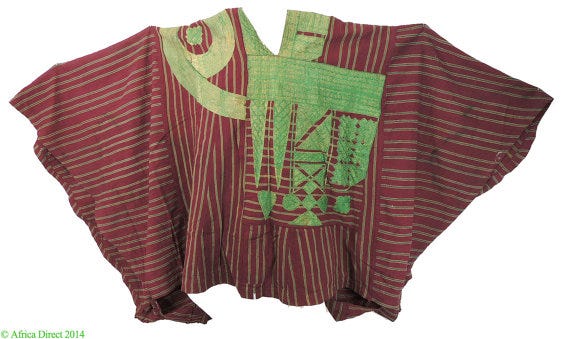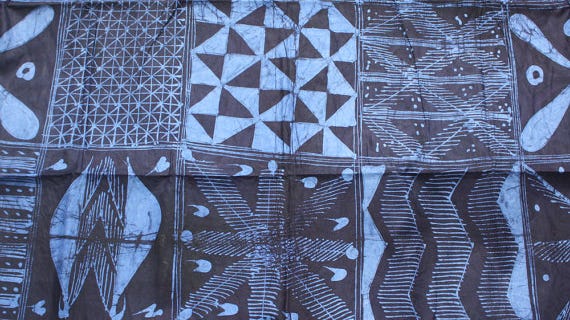A large majority of African culture is documented in art, music and oral poetry, as a result of the late adoption of formal writing systems in Sub-saharan Africa. This has led to a very rich repertoire of traditional african art, spanning many centuries. It is sad however, that not many Africans are in tune with this art heritage.

Studying most traditional African art work, reveal that these pieces follow all the major design rules relating to colour, layout, typography and symmetry. One would wonder how these old artists developed such an advanced aesthetic. I dare even say that most of the best art to come out of Africa has been in past centuries.

Looking at work from artists such as Olowe of Ise, a yoruba sculptor of the 1800s whose work was adopted as inspiration for the The Smithsonian’s National Museum of African American History and Culture Washington DC, reveals how advanced our forebears were.


According to Saki Mafundikwa, an African designer who ended his design career in New York to found the first design school in Zimbabwe,
“We know better where we go when we know where we come from”. He goes further to say that “Designers in Africa struggle with all forms of design because they are more apt to look outwards than inwards for inspiration”.
I believe that Designing with an African aesthetic can help African designers create better work because when we get inspiration from things we can easily relate with around us, design becomes inherently easy and simple.
Also, we as contemporary African designers have a responsibility to preserve this rich art legacy for the future. If we don’t own the narrative of our history, letting it evolve into contemporary and digital art forms, it will eventually die.

For one of our upcoming projects for a state economic summit, we are collaborating with local artists in the area to develop a visual language for this design project. Particularly, we are working with some adire artists to come up with iconography, design motifs and a style guide for the campaign. From a branding perspective, this collaboration brings out the true fabric of the state by showcasing the rich textile industry the state is known for. On a broader level, we are engaging local art not only to generate income for these local artists, but to adapt their art onto the mainstream contemporary design stage, thus preserving their artistry for the future.

PS. We are planning an immersive trip to somewhere in Nigeria for african graphic designers who want to understand the history of Nigerian art, crafts and design. They will be interaction and collaboration with traditional artists and craftsmen who have excelled in their own style for many decades.
Please email experiences@unotechmedia.com if interested.
We need to own our art!

